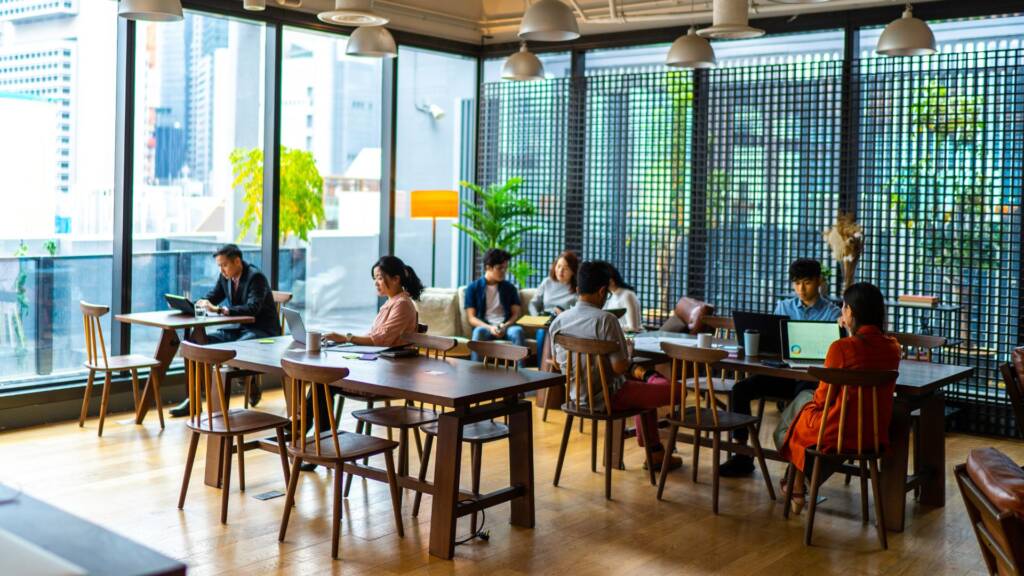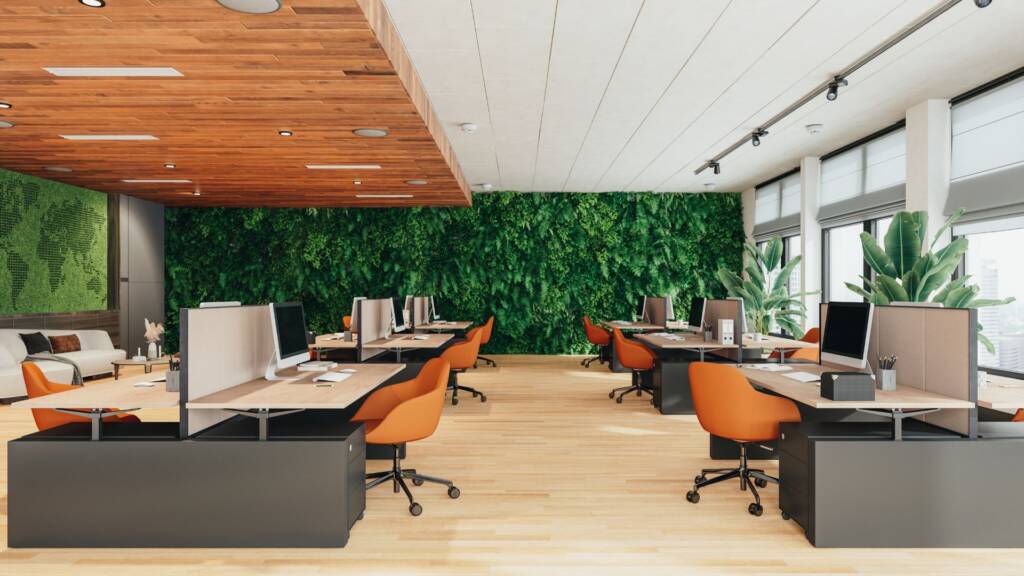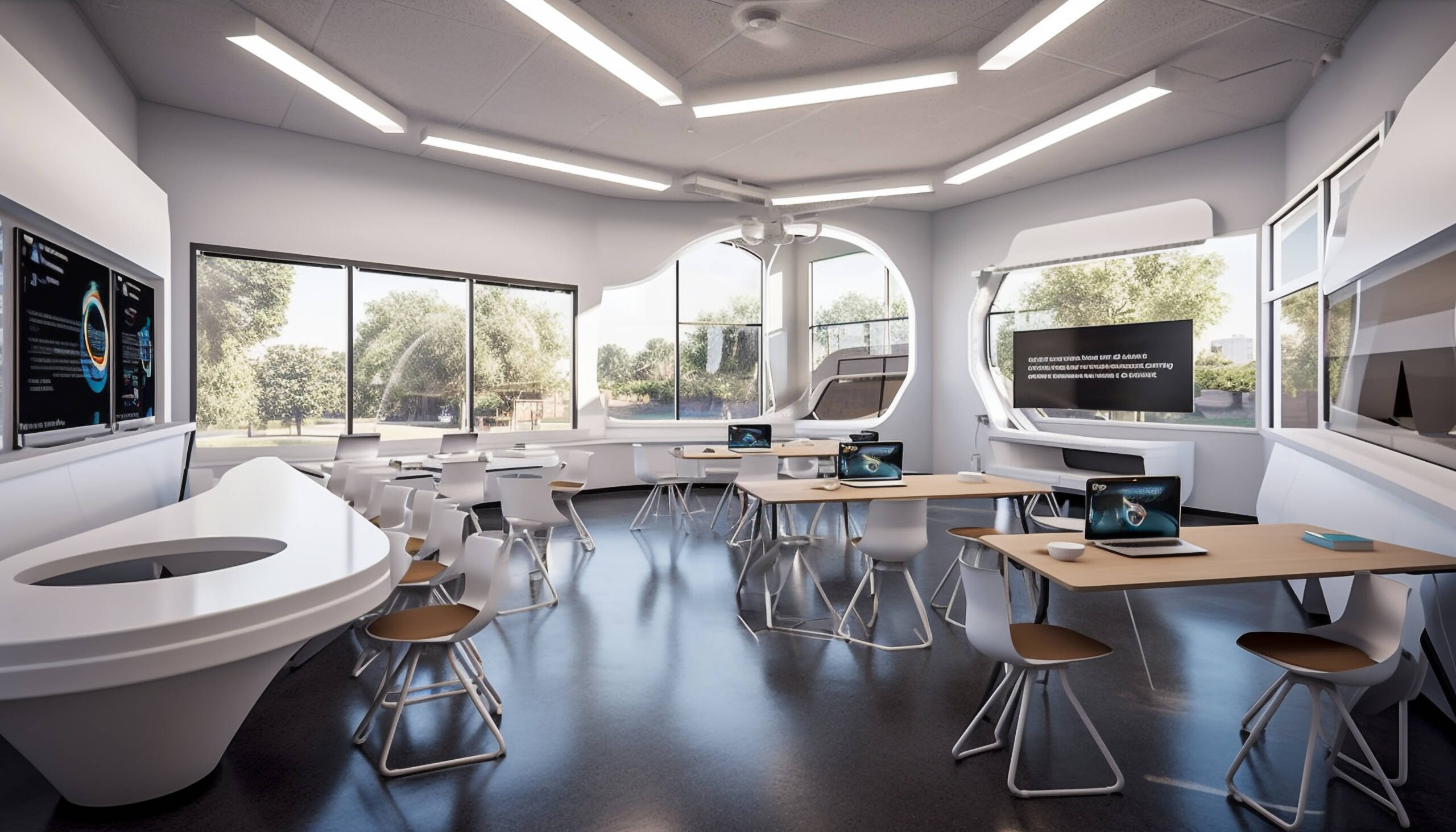As we move into 2025, co-working spaces are no longer just a buzzword—they are thriving, and for good reason. They have become a key part of how we work today, offering more than just a desk and internet connection. With the rise of remote work, the need for flexible workspaces, and a shift toward more collaborative environments, these spaces are changing the game for businesses, freelancers, and entrepreneurs alike. Here’s why co-working spaces are not just surviving, but flourishing, and how they are revolutionizing the way we work.
1. The Shift Toward Flexible Workspaces

The traditional 9-to-5 office job is a thing of the past for many, and flexible workspaces are leading the way in this shift. Today’s workers want the freedom to choose when, where, and how they work. Co-working spaces make this possible by offering a variety of membership options—whether you need a quiet desk for focused work or a vibrant, community-oriented space for brainstorming, these workspaces adapt to what you need. This flexibility is a huge draw for both companies and individuals, allowing everyone to find their own rhythm and work style.
2. Remote Work and the Hybrid Work Model

Remote work has become a permanent fixture in how businesses operate, and co-working spaces provide the perfect solution for this new reality. In 2025, more companies are embracing the hybrid work model—employees working from home some days and from the office on others. Co-working spaces make this transition smoother by offering a professional environment that remote workers can tap into whenever needed. They provide everything from meeting rooms to high-speed internet, ensuring that employees can stay connected and productive no matter where they’re based.
3. A Place for Collaboration and Community

One of the biggest advantages of co-working spaces is the sense of community they foster. They aren’t just places to sit and work—they’re hubs for collaboration, networking, and learning. Whether you’re an entrepreneur, freelancer, or part of a growing startup, being surrounded by like-minded individuals can spark new ideas and opportunities. These spaces create an environment where spontaneous conversations can lead to valuable partnerships or creative collaborations. There’s a real sense of connection that often feels missing in more traditional, isolated office environments.
4. Changing the Commercial Real Estate Landscape

The commercial real estate market is evolving to keep up with the changing needs of businesses and workers. Long-term office leases are becoming less desirable as companies look for more flexibility in how they manage their office space. Co-working spaces are at the forefront of this shift, offering businesses the opportunity to scale up or down quickly, without being tied to long-term commitments. This flexibility is particularly appealing in today’s fast-moving world, where change is constant.
5. Supporting Entrepreneurs and Small Businesses

For entrepreneurs and small businesses, co-working spaces are a game-changer. They provide access to professional-grade office spaces without the heavy financial burden of leasing an entire office. Entrepreneurs can focus on growing their businesses, knowing they have all the resources they need—high-speed internet, meeting rooms, office supplies, and more—without the overhead costs. Plus, these spaces often provide networking events and workshops, helping small businesses thrive and connect with potential clients, collaborators, or investors.
6. Sustainability in Co-Working Spaces

Sustainability is a priority for many businesses and individuals, and co-working spaces are stepping up to the plate. Many of these spaces are designed with eco-friendly practices in mind, from energy-efficient lighting to sustainable office furniture. Some even go further, incorporating green building technologies and offering recycling programs. As consumers and workers alike demand more sustainable practices, these spaces are leading the way in creating workplaces that align with a greener future.
7. Promoting Work-Life Balance and Well-Being

Work-life balance is no longer just a nice-to-have—it’s essential. Co-working spaces are responding to this need by incorporating wellness features into their designs. Many spaces now offer fitness centers, meditation rooms, and lounges designed to help you unwind and recharge. These spaces recognize that to be productive, workers need to feel good both mentally and physically. By providing these amenities, co-working spaces are helping workers maintain a healthier balance between their professional and personal lives.
8. Catering to the Digital Nomad Lifestyle

With the rise of the digital nomad lifestyle, co-working spaces have become a haven for remote workers who love to travel. These spaces are designed to meet the needs of those who work from anywhere, providing access to reliable internet, comfortable workspaces, and a global network of like-minded individuals. For digital nomads, co-working spaces offer a sense of community and connection that can sometimes be hard to find when you’re constantly on the move. As more people embrace this lifestyle, co-working spaces will continue to grow in importance, offering the flexibility and resources that digital nomads need to succeed.
9. Maximizing Space Efficiency

Commercial real estate is a big investment, and co-working spaces are helping businesses make the most of their space. These spaces are designed to be adaptable, offering businesses the ability to use only what they need while still having access to all the resources of a full office. Whether it’s a private office, a hot desk, or a meeting room, co-working spaces maximize space efficiency, ensuring that businesses pay only for what they use. This makes them a cost-effective option for startups and established companies alike.
10. The Bright Future of Co-Working Spaces

Looking ahead, the future of co-working spaces is incredibly bright. As the nature of work continues to change, these spaces will continue to evolve, offering even more innovative solutions for how and where we work. From advanced technology integration to more personalized experiences, co-working spaces are at the heart of the future of work. They are places where flexibility, collaboration, sustainability, and community come together to create environments that empower individuals and businesses to thrive.
Conclusion
Co-working spaces are thriving because they cater to the needs of today’s workforce. They offer flexibility, foster collaboration, support work-life balance, and provide sustainable, cost-effective solutions for businesses of all sizes. As we look toward 2025, it’s clear that co-working spaces are not just a passing trend—they are here to stay and will continue to revolutionize the way we work. Whether you’re an entrepreneur, a freelancer, or part of a large company, these spaces provide the tools, community, and resources you need to succeed in the modern world of work.placerat finibus lacus.

